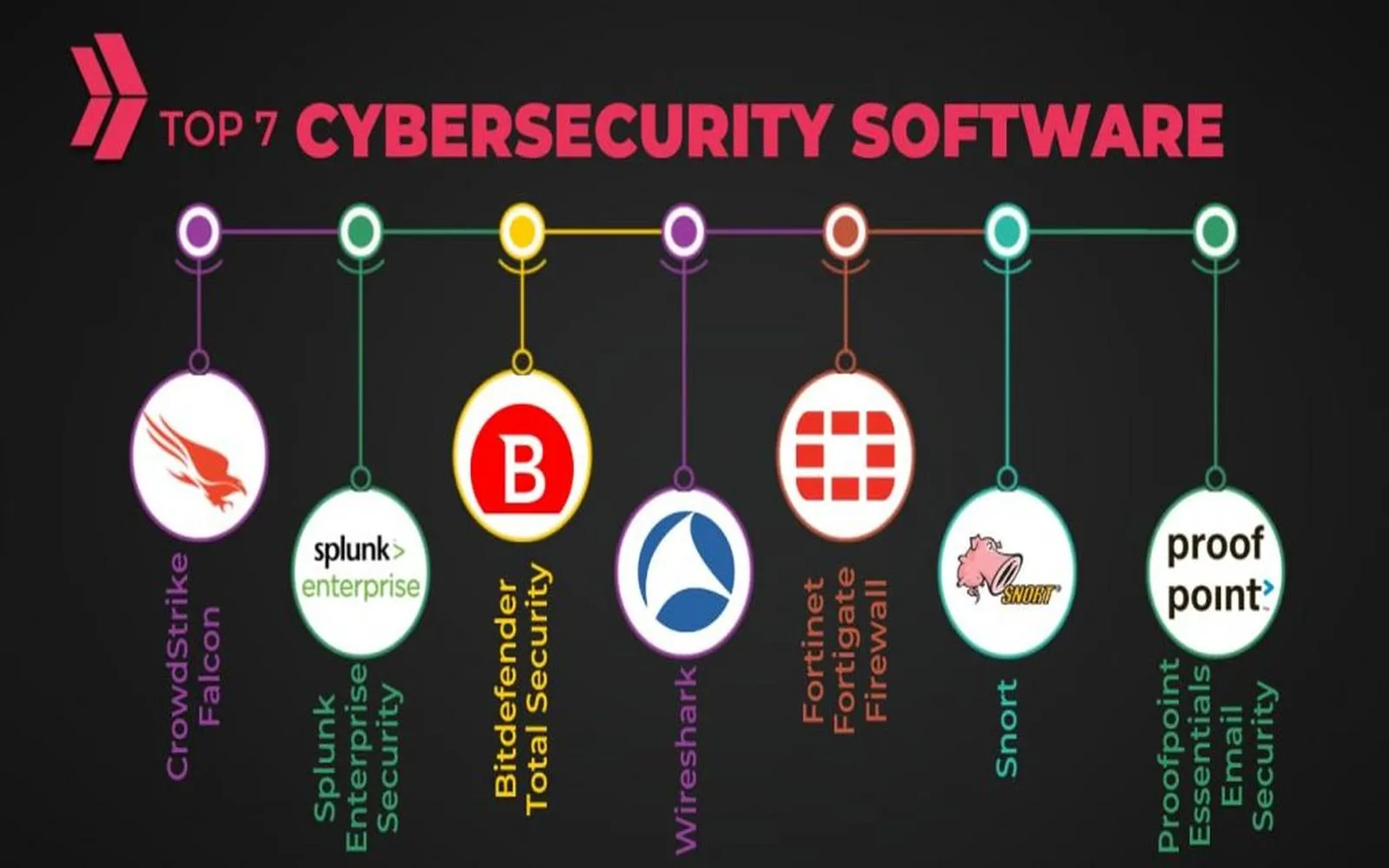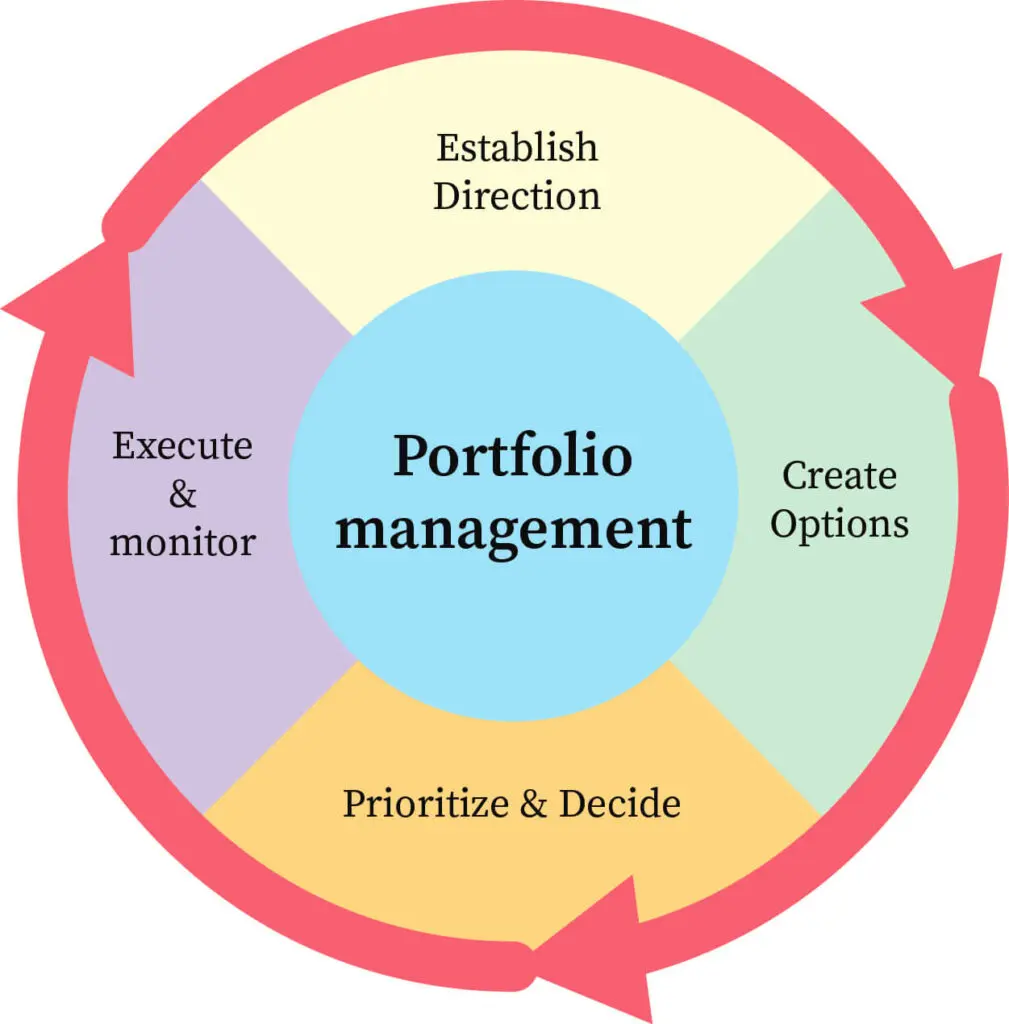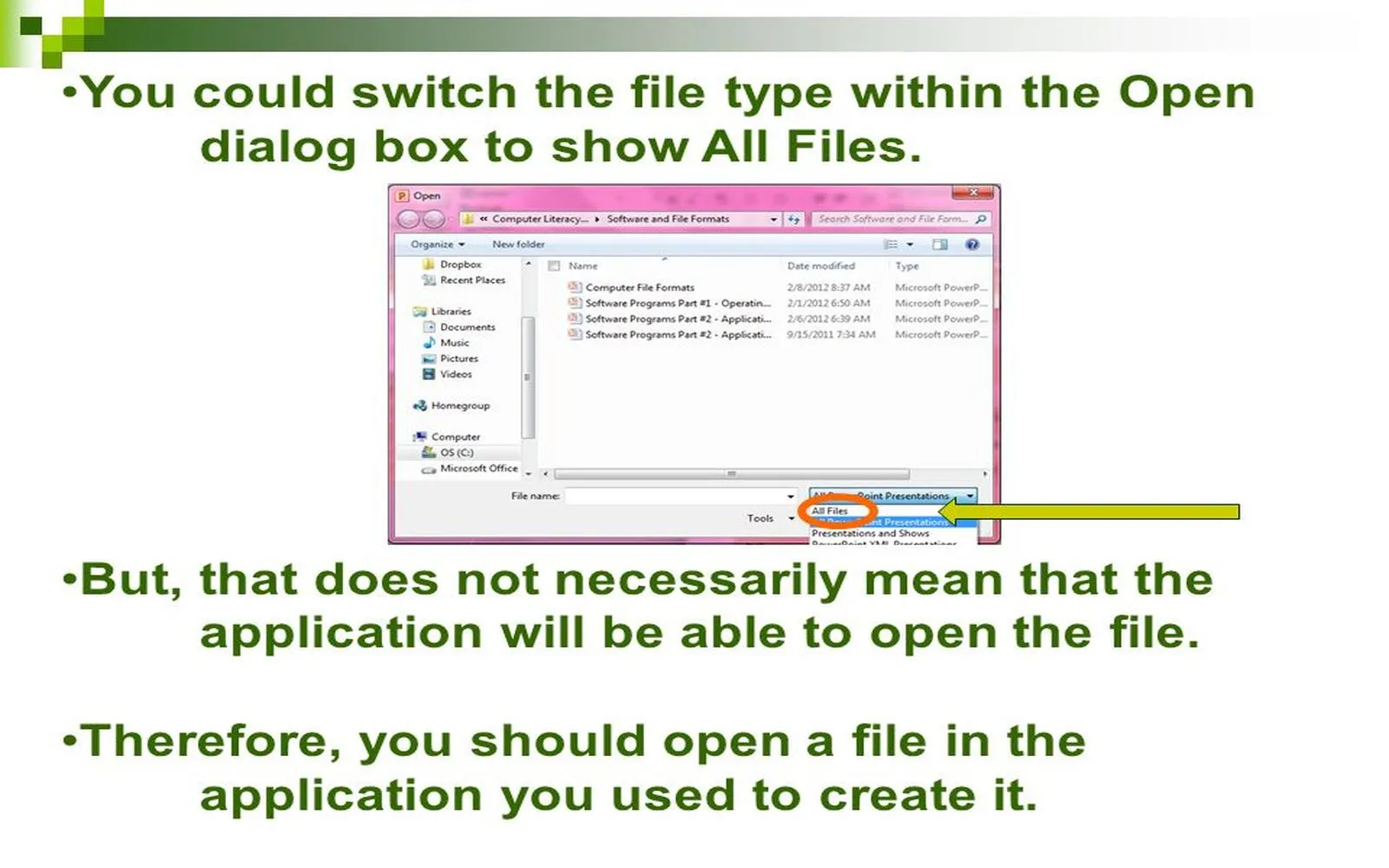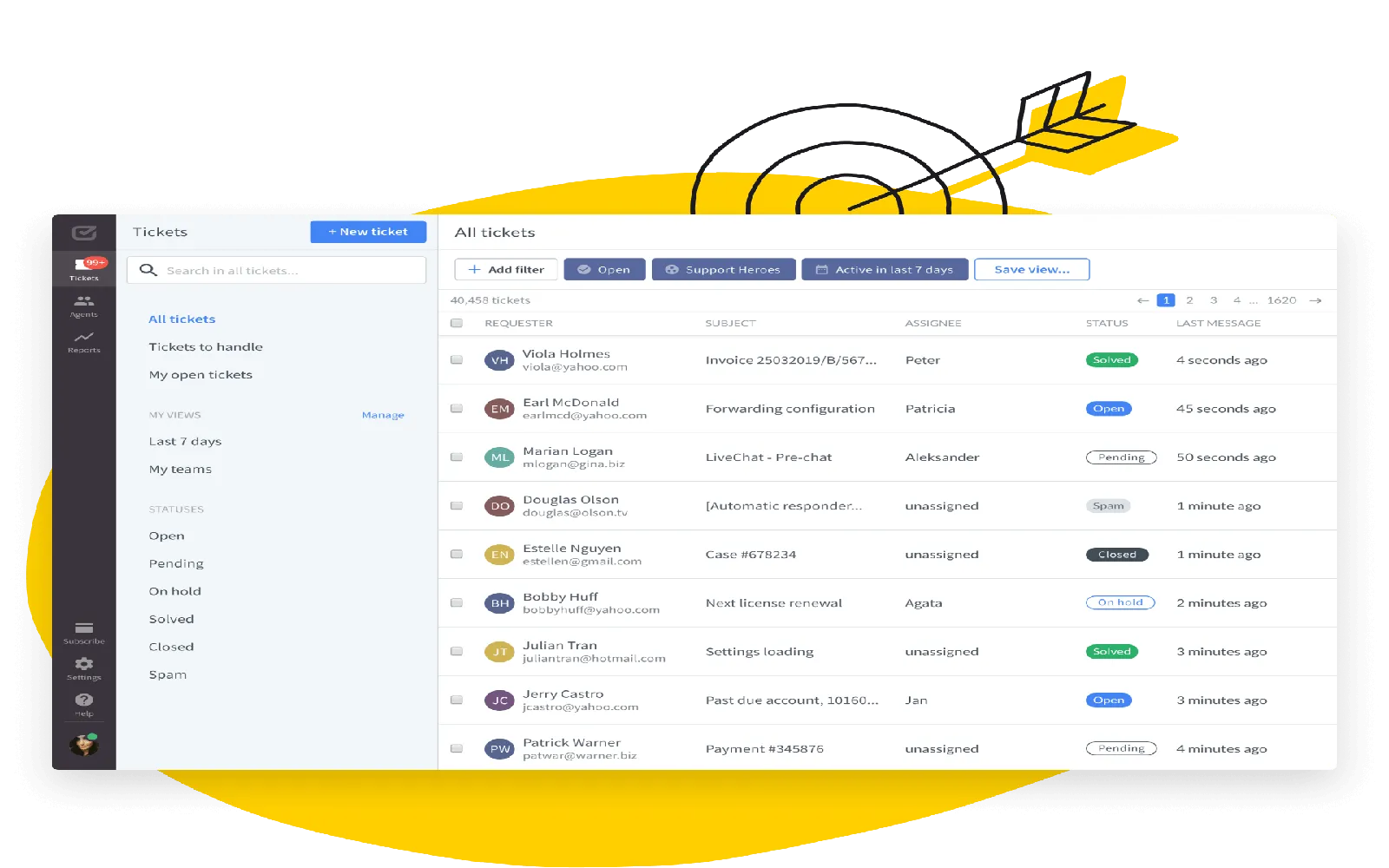Top Network Security Software for Business Use
As businesses continue to transition to digital operations, the importance of robust network security has become paramount. Network security software plays a critical role in safeguarding sensitive information against cyber threats. With the rise of cloud computing, it’s essential to select tools that not only protect local networks but also secure cloud environments. This article explores the top network security software options available for business use that excel in cloud security functionalities.
1. Cisco Umbrella
Cisco Umbrella is a leading cloud security platform that provides comprehensive network protection through DNS-layer security. It prevents users from accessing malicious sites while providing visibility into network traffic. Cisco Umbrella is particularly effective for businesses that have a distributed workforce, as it secures users no matter where they are connecting from. The integration of threat intelligence into the platform enhances its ability to recognize and mitigate emerging threats.
2. Palo Alto Networks Prisma Cloud
Palo Alto Networks offers Prisma Cloud, a comprehensive security solution specifically designed for cloud environments. It covers various aspects of cloud security, including vulnerability management, compliance reporting, and runtime protection. Prisma Cloud provides deep visibility into security posture across hybrid and multi-cloud environments, allowing organizations to manage risks effectively.
3. Fortinet FortiGate
Fortinet FortiGate is a next-generation firewall that integrates with Fortinet's Security Fabric to offer a holistic approach to network security. With built-in support for cloud security, FortiGate can protect cloud-based applications and workloads while offering advanced threat protection. Its capabilities include intrusion prevention, web filtering, and VPN support, making it an ideal choice for businesses focused on securing their cloud infrastructure.
4. McAfee MVISION Cloud
McAfee MVISION Cloud focuses on securing data in the cloud by providing visibility into cloud services and applications. This software helps organizations manage compliance and secure sensitive information across multiple cloud platforms. With features such as data loss prevention (DLP), encryption, and user behavior analytics, MVISION Cloud is an excellent choice for businesses that prioritize cloud security.
5. Microsoft Azure Security Center
For businesses utilizing Microsoft Azure, the Azure Security Center is an indispensable tool. It provides a unified security management system and advanced threat protection for hybrid cloud environments. The platform enables organizations to monitor security status, manage vulnerabilities, and respond to incidents effectively. Its integration with Azure services ensures that cloud security is maintained seamlessly across all applications and resources.
6. Trend Micro Deep Security
Trend Micro Deep Security offers a comprehensive set of security features tailored for cloud workloads. It provides intrusion detection and prevention, anti-malware capabilities, and integrity monitoring. Deep Security is designed to protect applications running in the cloud, making it an essential tool for businesses looking to secure their cloud infrastructure. With its automation features, organizations can also streamline compliance and operational processes.
7. Sophos XG Firewall
Sophos XG Firewall combines traditional network security with advanced cloud security features. Its unique Synchronized Security technology allows the firewall to communicate with other Sophos products for enhanced threat response. It includes web filtering, application control, and a powerful intrusion prevention system, making it an ideal choice for businesses seeking comprehensive protection for both on-premises and cloud environments.
8. CrowdStrike Falcon
CrowdStrike Falcon is a cloud-native endpoint protection platform that excels in threat detection and response. Its lightweight agent deploys quickly across devices, providing real-time visibility and protection against advanced threats. The platform is particularly effective for organizations with remote workforces, as it secures endpoints regardless of their location. With its focus on cloud security, Falcon helps businesses mitigate risks associated with cloud-based applications.
Comparative Overview of Top Network Security Software
| Software | Key Features | Best For |
|---|---|---|
| Cisco Umbrella | DNS-layer security, threat intelligence | Distributed workforce |
| Palo Alto Networks Prisma Cloud | Vulnerability management, compliance, runtime protection | Multi-cloud environments |
| Fortinet FortiGate | Next-gen firewall, advanced threat protection | Cloud infrastructure security |
| McAfee MVISION Cloud | Data protection, DLP, user behavior analytics | Compliance management |
| Microsoft Azure Security Center | Unified security management, hybrid security | Azure users |
| Trend Micro Deep Security | Intrusion detection, anti-malware, automation | Cloud workloads |
| Sophos XG Firewall | Synchronized Security, application control | Comprehensive network protection |
| CrowdStrike Falcon | Real-time visibility, endpoint protection | Remote workforces |
Conclusion
As cyber threats continue to evolve, businesses must invest in effective network security software that addresses both on-premises and cloud security needs. The tools highlighted in this article not only provide robust protection against various threats but also ensure compliance and efficient management of security protocols in the cloud. Choosing the right software will empower organizations to operate securely in an increasingly digital landscape.
Explore

How to Use a Website Name Generator for Branding

AI-Powered Help Desks: Predictive Support and Security Built-In

What to Look for in a Managed Security Service Provider

Choosing the Right Web Security Platform

How to Choose the Right Portfolio Management Software for Your Business

2025 Business Software to Simplify Your Workflow

Top Help Desk Software Solutions for Business
Streamlining Business: Unlocking the Power of Electronic Data Interchange (EDI) Software
